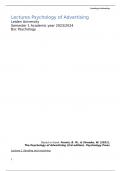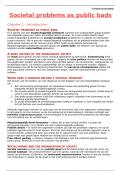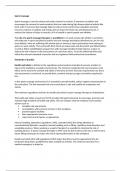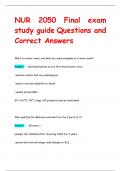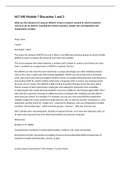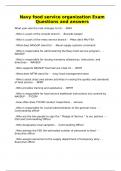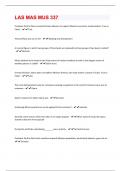College aantekeningen
Psycholoy of Advertising - Extended summary of all Lectures
- Vak
- Instelling
- Boek
Update: by only watching the lectures and studying this summary I got an 9.0 as grade. This is an extended summary of everything that is discussed during the 7 lectures of the course Psychology of Advertising. This includes the lectures of Dr. Gert-Jan Lelieveld, Ambra Brizi & the guest lecture ...
[Meer zien]
